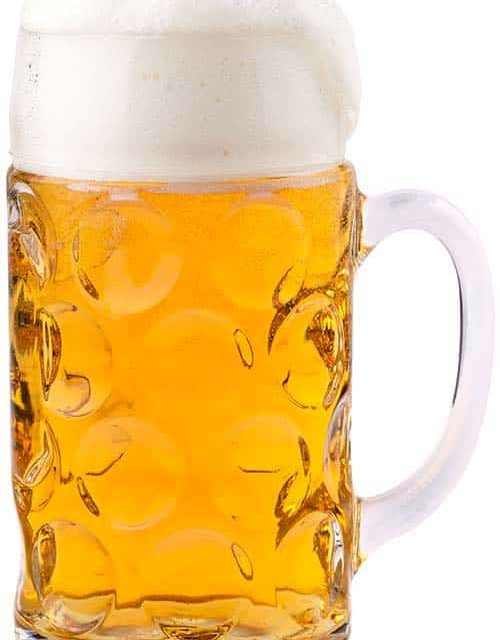After a pandemic enforced holiday, our favourite dark brew is coming back. Mocha Porter is the love child of Toronto’s first Coffee Porter and Steve’s Dreaded Chocolate Ale. A creamy, smooth, mellow roasted symphony of complementary flavours. Featuring fair trade, organic Haitian single origin cocoa nibs and our special blend of coffee roasted by Everyday Gourmet...
AllBeerE-NewsFoodMusicTrivia

Märzen Beer What is a Märzen? A Märzen (or March beer) is a German amber lager that is dark copper to reddish brown in colour. It’s crisp and smooth with toasted bread aromas and subtle hints of spice. The rich and toasty malt sweetness is balanced with a noble hop bitterness and a clean, dry finish....
For just about our entire three plus decades of existence, dogs taking their best friends to C’est What was impossible. This past year has changed that with the opening of our curbside patio and beer garden. One of our regular guests pointed out that we could (and should) allow canines and their butlers to visit....
It takes some getting used to, this brave new world where you can take beer home with you from your local. After enduring a century of prohibitionist rules, one of the positives from the pandemic is takeaway sales of your favourite C’est What brews and other hard to get craft brews. We’ve got you covered...
Slowly, but surely, returning to regular service. Monday – Closed Tuesday & Sunday – 4 PM to 11 PM last call Wednesday to Saturday – 12 PM to 1 AM last call

Italian Pilsners Pilsen & The Birth of Pilsners The Pilsner style was born in Pilsen, a city in what is now Czech Republic, in 1848. Pilsner Urquell is credited as being the first pilsner ever produced, pilsner meaning “from Pilsen” in Czech. The Czech pilsner is pale gold in colour with low-to-medium noble hop presence....
Now that we have been (re)opened for a month, we have reconnected with many old friends and made some new ones. Thank you to all who have ventured out to visit. We have also welcomed scores of new subscribers. Rest assured, we do not share our address list with anyone and also endeavour not to...
After spending thirty-three years in the cellar we are coming out into the light this summer with two outdoor dining options. Our brief flirtation with a curbside patio from last year is back for those that like being in the centre of the Market area action. We have also opened our long anticipated beer garden...
Good things come to those who wait. This is what we have been telling ourselves for months, waiting for the opportunity to reopen. It also applies to our new venture packaging our favourite brews for home consumption. We are aiming to put part of the pub experience in a can with three nitro-infused cask-in-a-can beers:...

